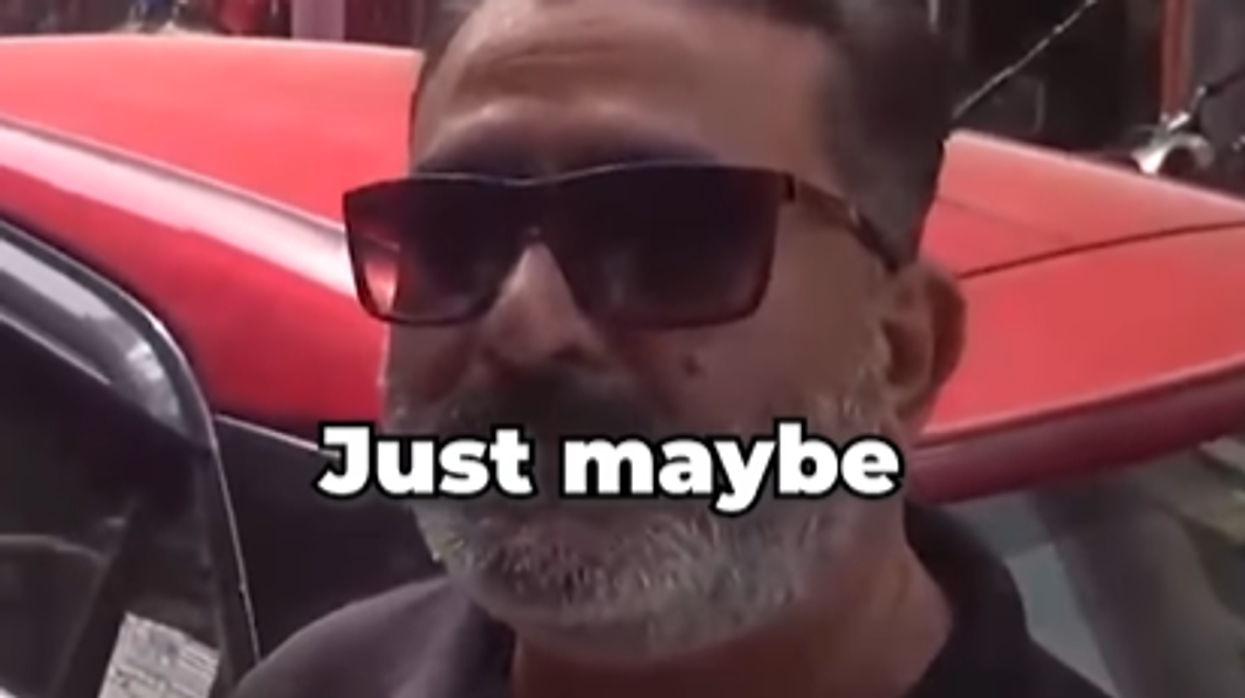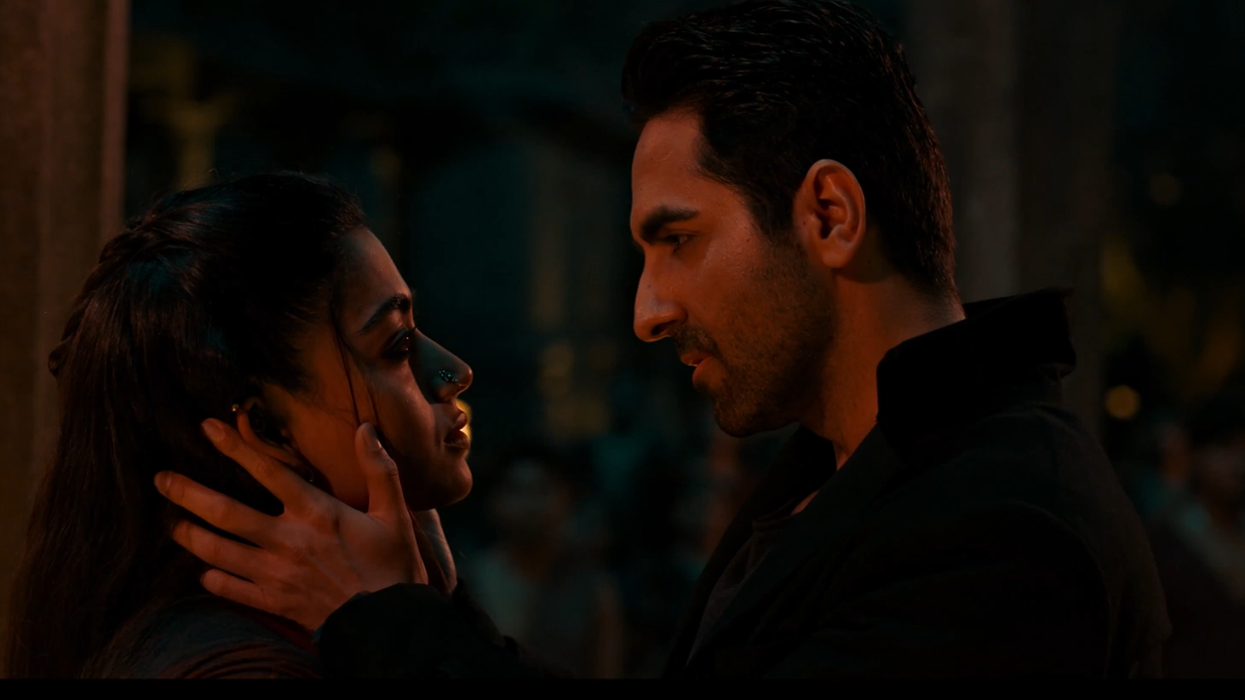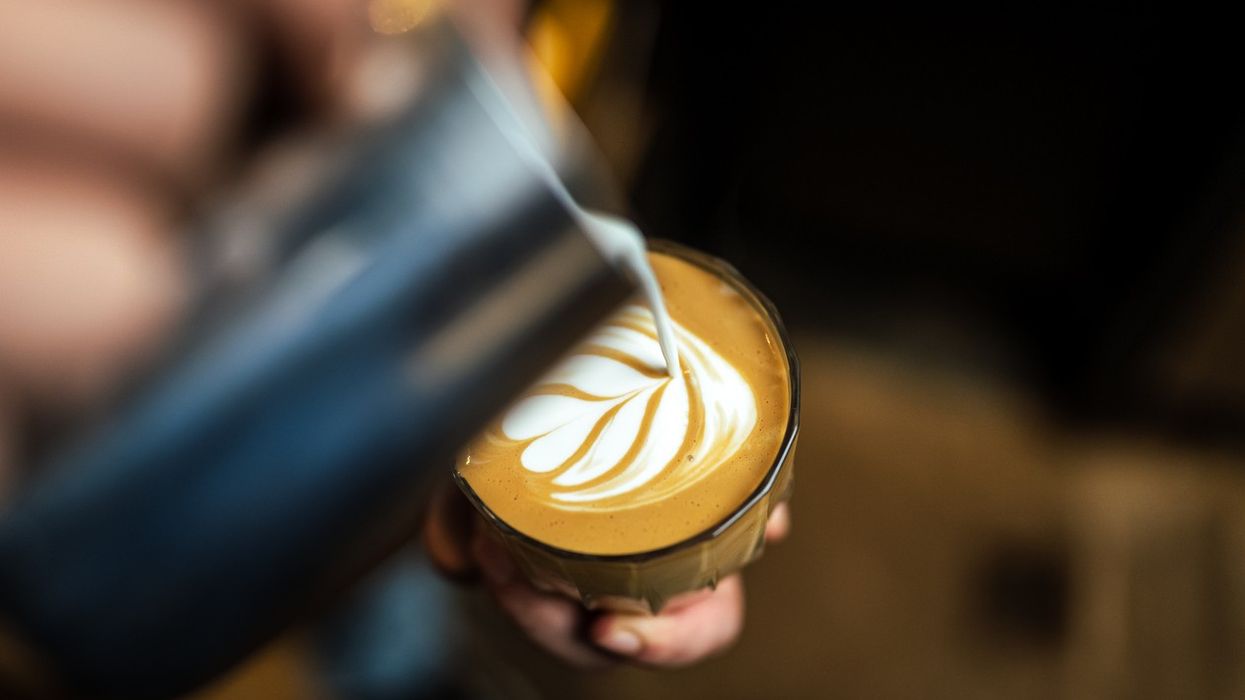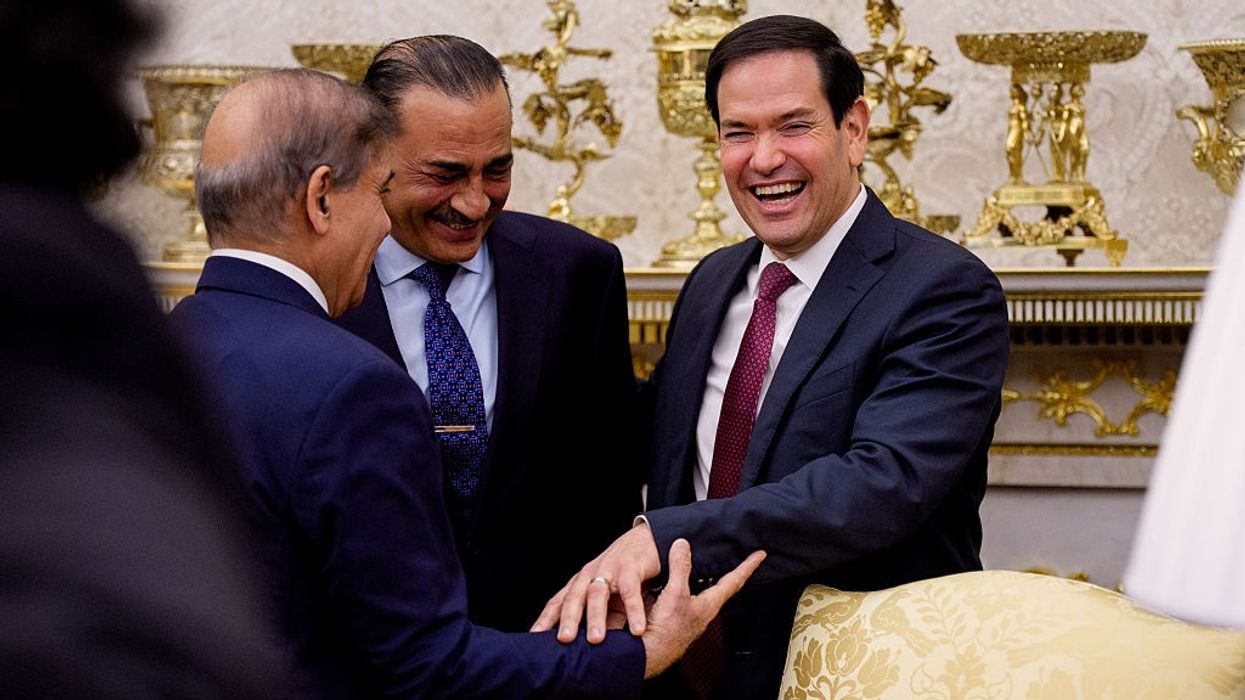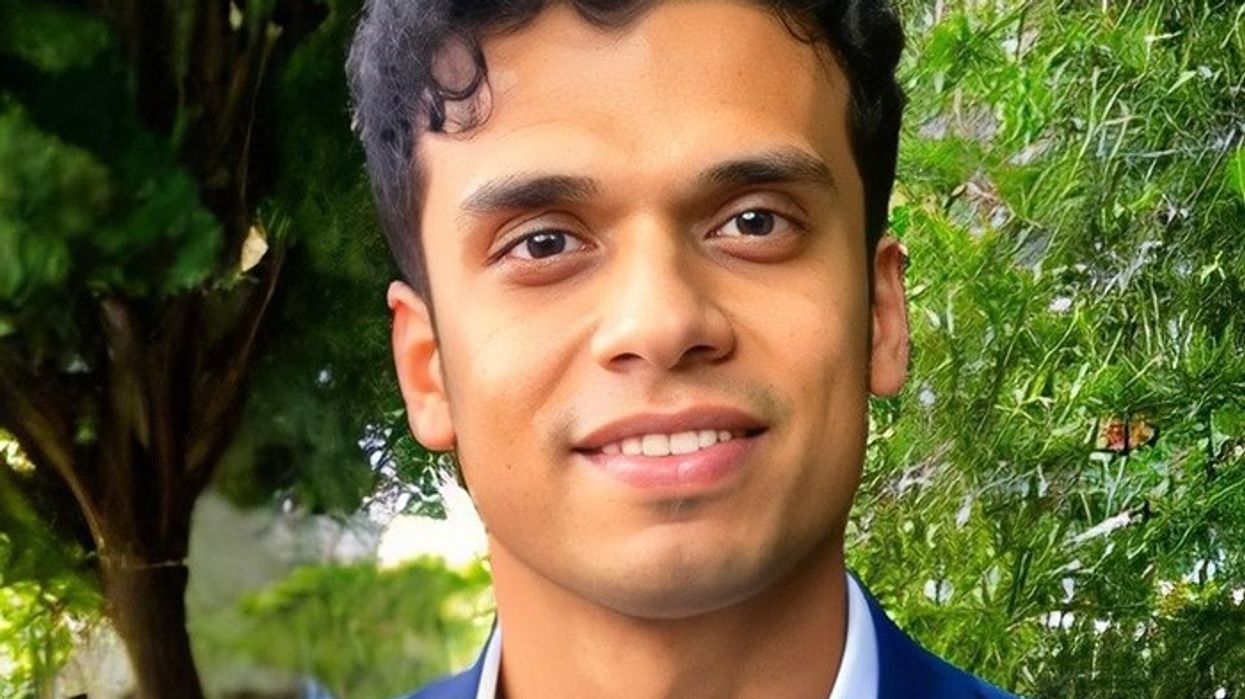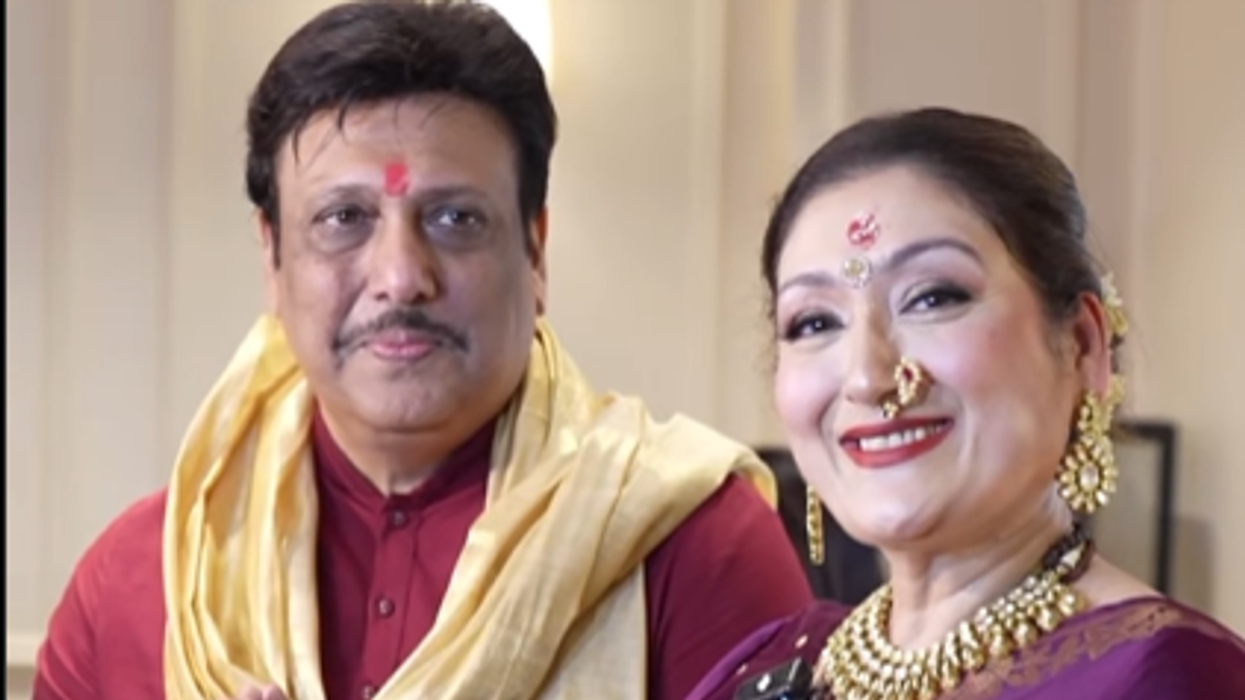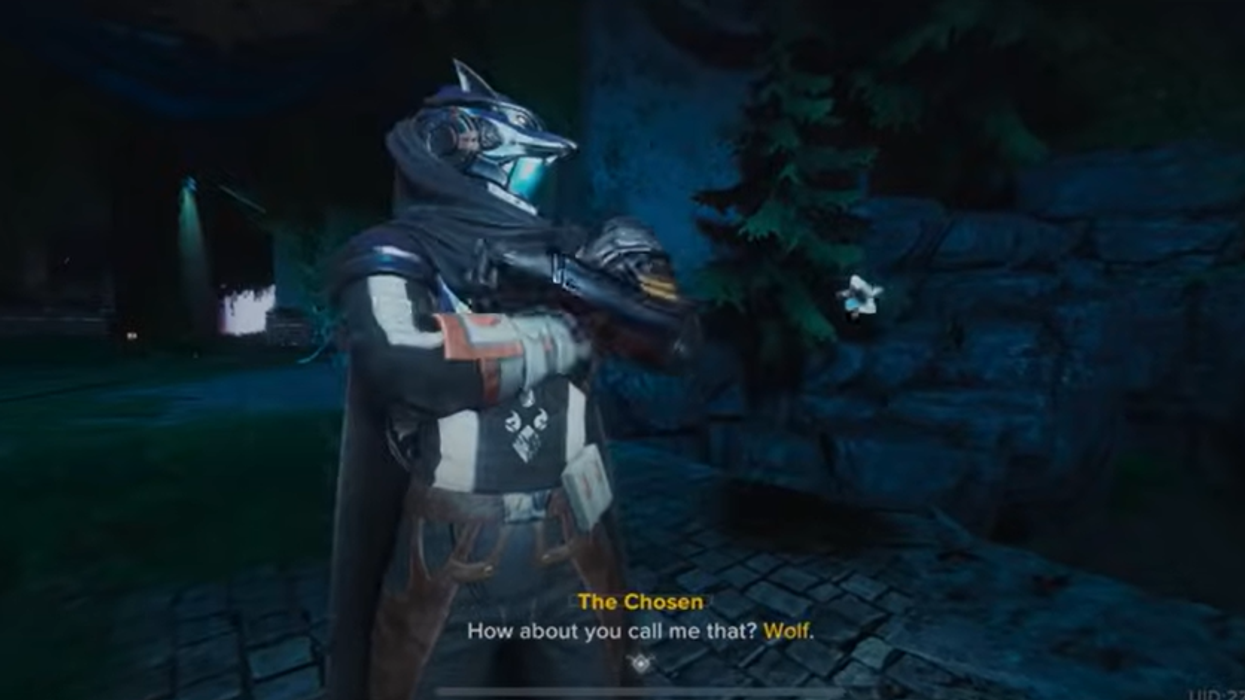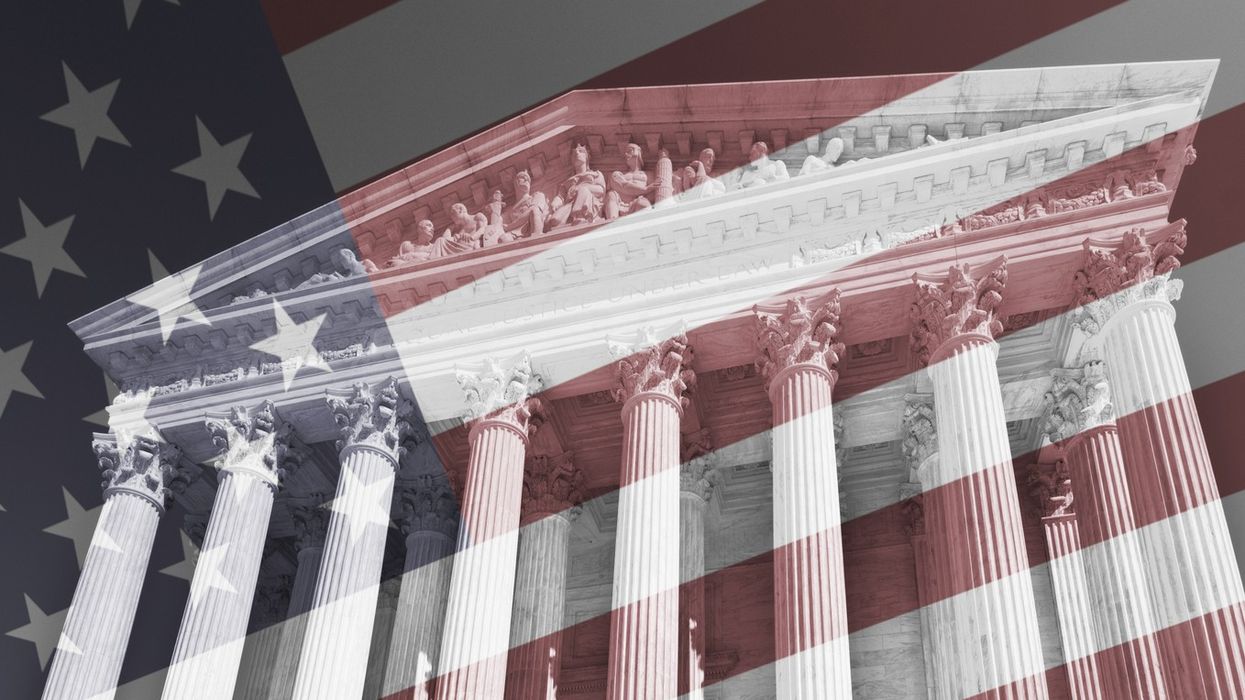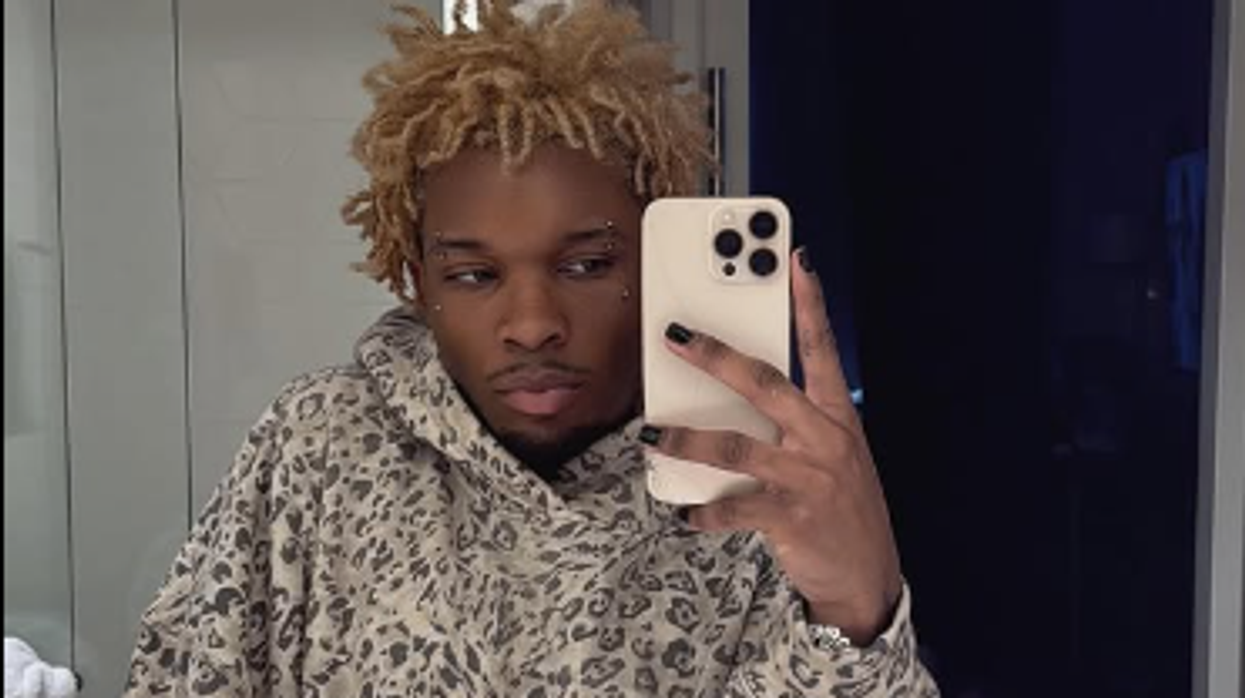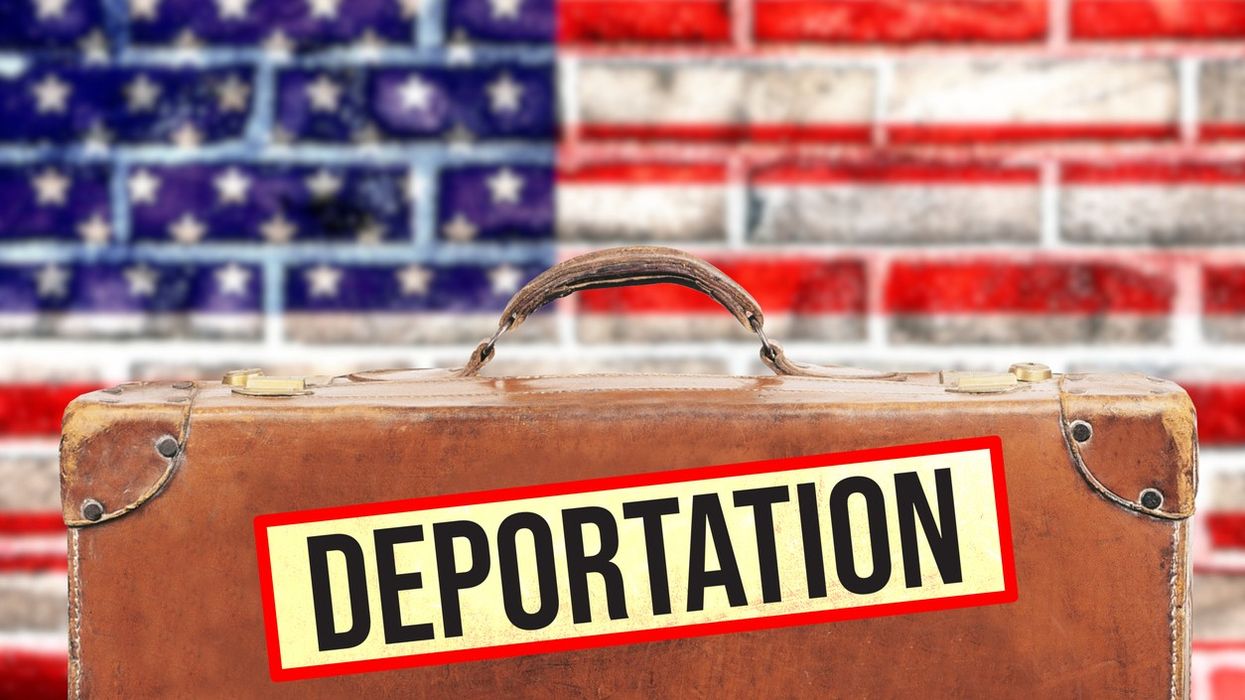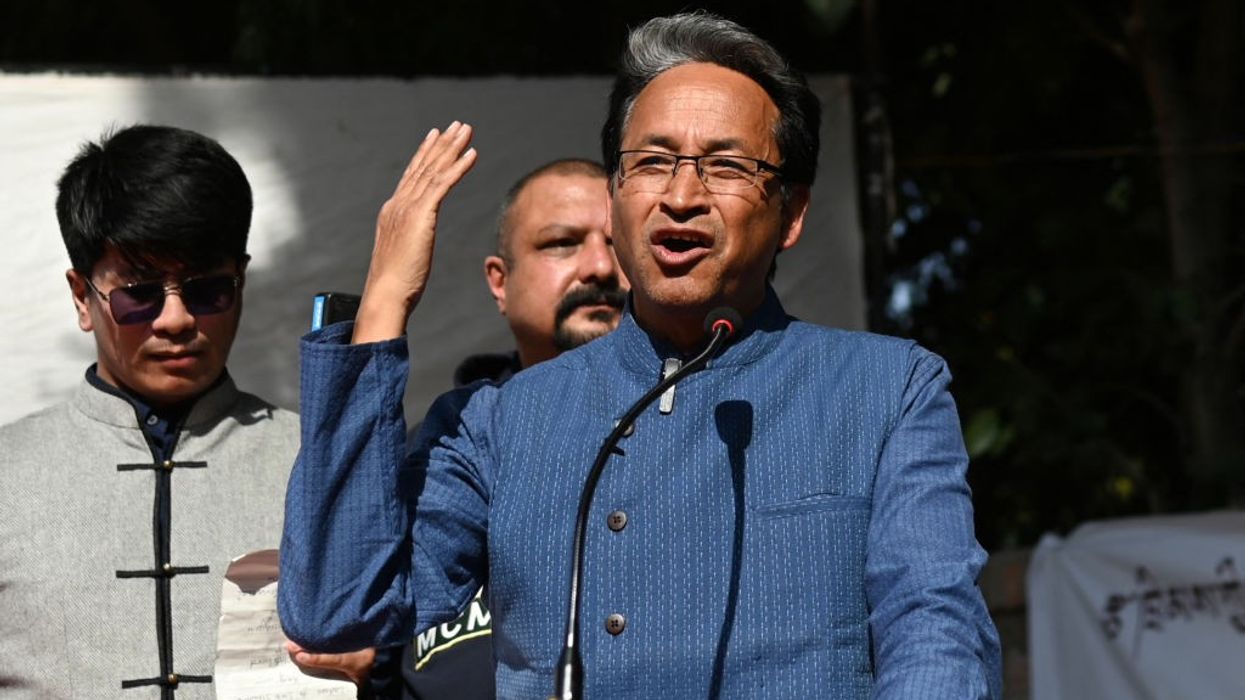As the vibrant Navratri festival begins to light up Indian American communities across the United States with colorful dances and devotional fervor, a shadow looms over many skilled Indian professionals residing here.
The US government, under the current administration, has recently implemented a dramatic hike in the H-1B visa fees—raising the cost for employers filing new petitions to a staggering $100,000 per application starting September 21, 2025. This unprecedented increase is set to reshape the landscape for thousands of Indian tech workers and professionals who form a critical part of America’s innovation engine.
Navratri, a festival of nine nights celebrating the divine feminine, is a time of cultural pride and joyous community gatherings. For Indian Americans, it symbolizes the preservation of heritage and identity in a foreign land. Yet, simultaneously, Indian professionals face growing financial and bureaucratic challenges due to the visa fee surge, which threatens their career stability and their families’ futures.
Not just Navratri, but Indian Americans have, over the years, introduced vibrant festivals like Diwali, Navratri, and Ganesh Chaturthi to their communities across the United States. These celebrations are not mere parties but expressions of rich culture, devotion, and community bonding, bringing color and joy to neighborhoods, enriching the multicultural fabric of America.
However, despite the cultural value and communal harmony these festivals foster, a vocal minority of Americans often complains about the sound levels, branding Indian celebrations as 'too loud' or 'disruptive.' These complaints ignore the vibrancy and cultural significance and often veil deeper issues of cultural misunderstanding and intolerance.
Here are seven notable instances where Indian American celebrations faced backlash, showing just how narrow-minded and unfair such criticisms can be:
1. Viral Texas video sparks debate over Indian loudness
A video from Texas went viral, with an individual criticizing South Indian festival behaviors, framing the cultural expression as unacceptable noise. The wide sharing of this clip amplified negative stereotypes, ignoring the joy and community spirit these festival events create.
2. New Jersey residents complain about Garba and dandiya nights
In New Jersey, there have been multiple social media posts and forum complaints about outdoor Garba nights causing noise disturbances. Yet, these posts omit that these events bring together hundreds, sometimes thousands, of families celebrating heritage through dance and traditional music late into the night.
3. Instagram reels criticize Indian festival music levels
Short viral videos have circulated on Instagram and TikTok, spotlighting the loud music during Indian festivals. But these clips rarely capture the full event or its significance, focusing instead on the decibel levels to cast Indian culture as a nuisance. This echoes a broader problem of selective outrage against minority communities.
4. Complaints over Navratri in Dallas leading to sound restrictions
Dallas authorities have had to intervene after neighbors complained about Navratri festival noise, issuing fines and limits on sound levels. While regulation enforcement is necessary, critics often miss that these adjustments are part of Indian American event organizers’ efforts to respectfully coexist while upholding cultural traditions.
5. Brent’s Gujarati festival’s strict noise caps
Even in London’s Brent, home to a large Gujarati community, organizers had to agree to a maximum 65-decibel limit due to concerns from local residents. The festival continued successfully, showing Indian Americans’ willingness to balance celebration and community peace despite unfair scrutiny.
6. Reddit backlash on festival music volume in various US cities
On Reddit’s r/nri and similar forums, thread comments disparage Indian festivals as unnecessarily loud and disruptive. These voices often fail to appreciate that festival sounds are part of Indian culture’s celebratory essence, crucial for maintaining identity among diasporic youth.
from nri
7. Bollywood Beats and Drums Censured as 'public nuisance'
Across several neighborhoods, video clips and posts complain about booming Bollywood music and drum beats. Such criticisms reveal cultural insensitivity, dismissing centuries-old traditions that use music and dance to bring communities together.
Why this backlash is misplaced?
Indian festivals have long been celebrated worldwide with exuberance—noise included—yet it is these cherished expressions that bind families and communities. In the US, Indian Americans have shown a willingness to meet noise regulations halfway without compromising their heritage.
Complaints often appear less about actual noise and more about discomfort with a minority culture’s joyful expression in public spaces. Instead of seeing these celebrations as disturbances, local residents should embrace the rich diversity and communal harmony Indian festivals provide.
Indian American resilience and cultural pride
Despite facing noise backlash and occasional social media vilification, Indian Americans continue to hold vibrant festivals. These celebrations affirm identity, unity, and cultural heritage in a multicultural society—all hallmarks of America's foundational values.
The next time a complaint arises about the “loudness” of Indian festivals, remember it’s more than sound; it’s a community’s heartbeat.


